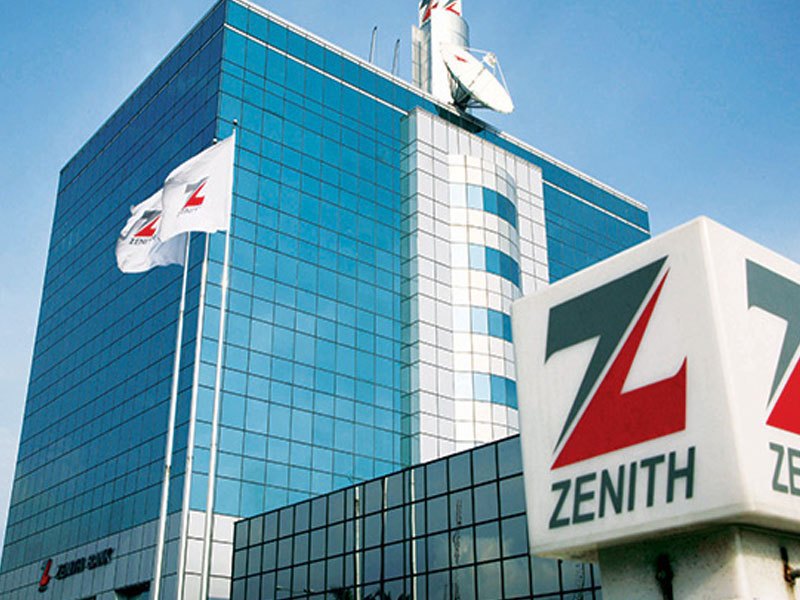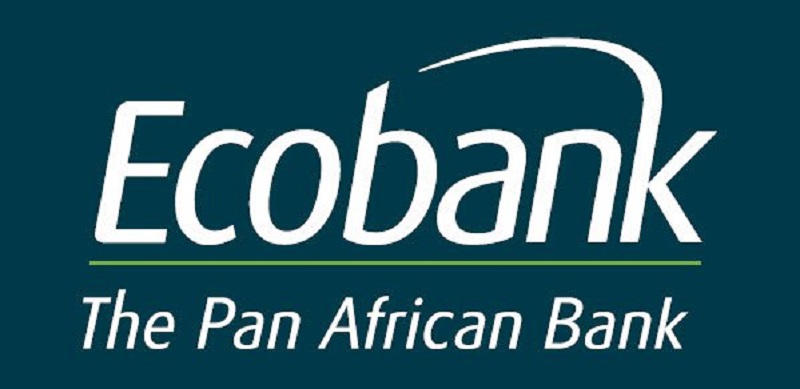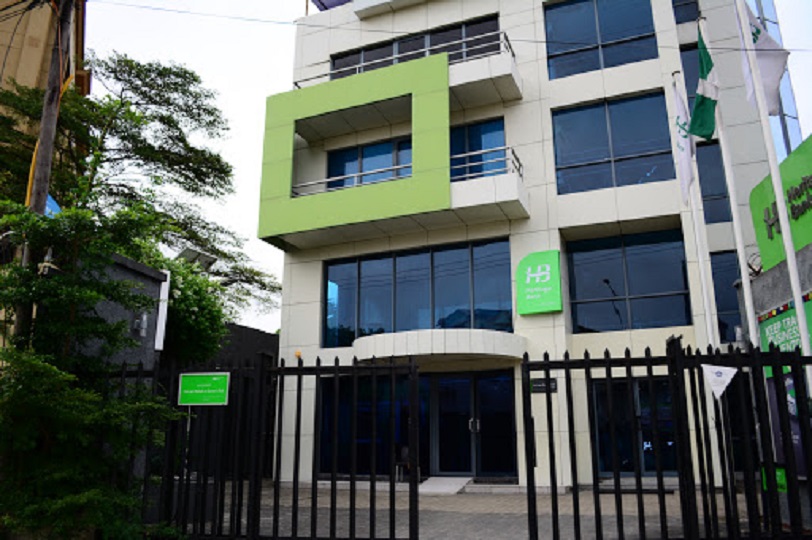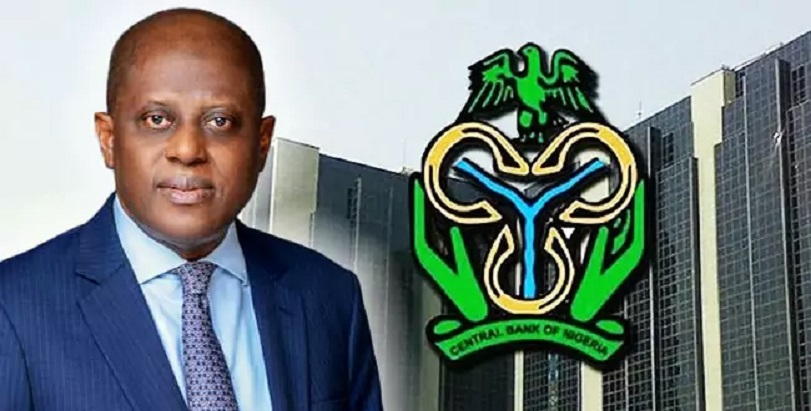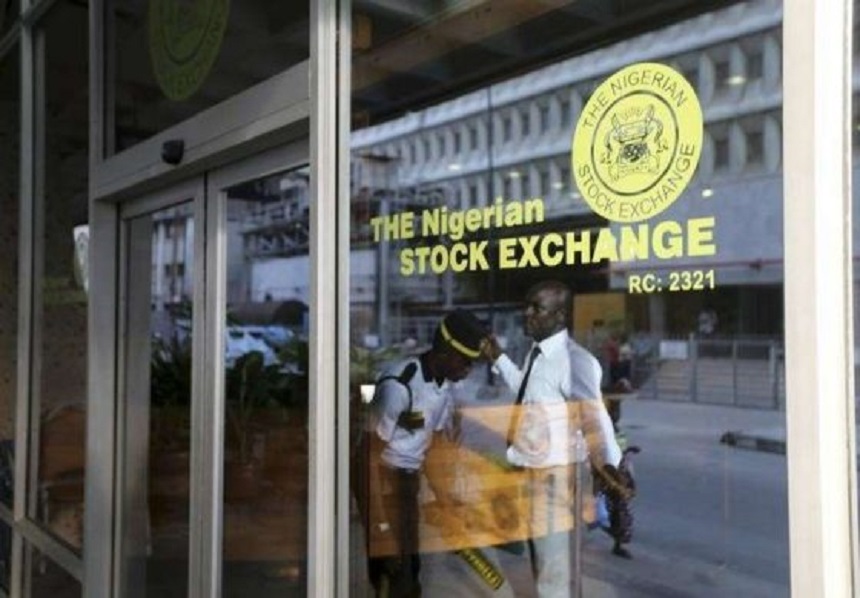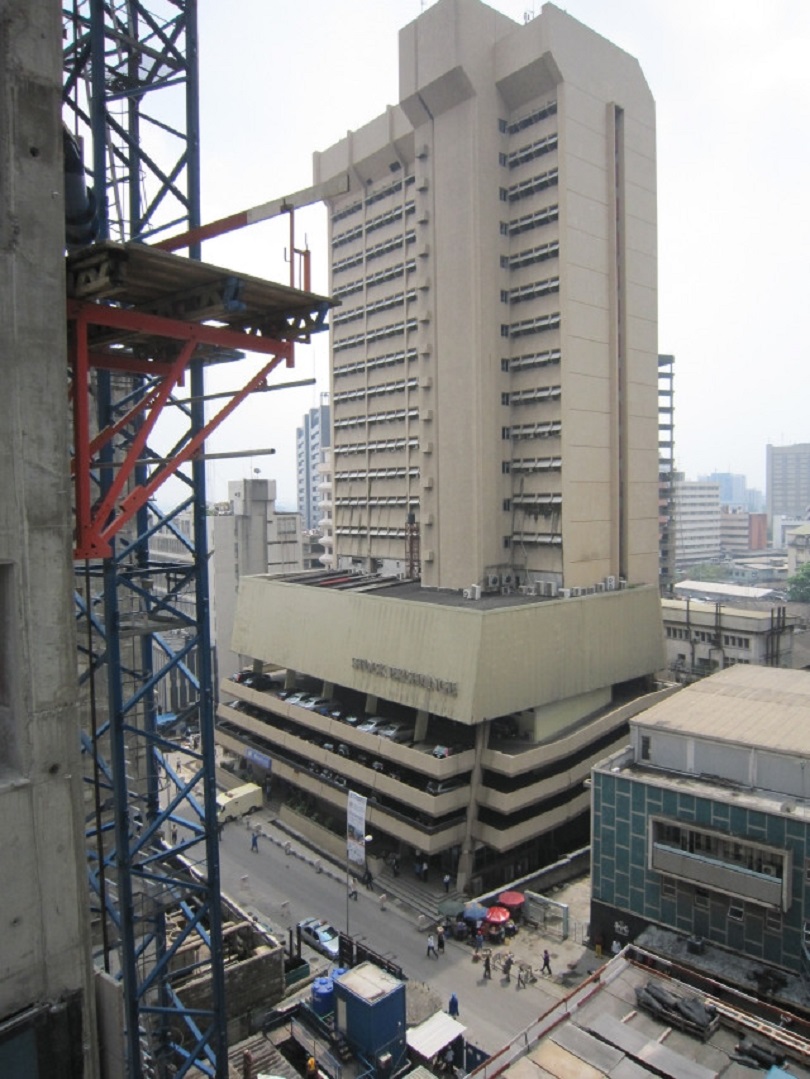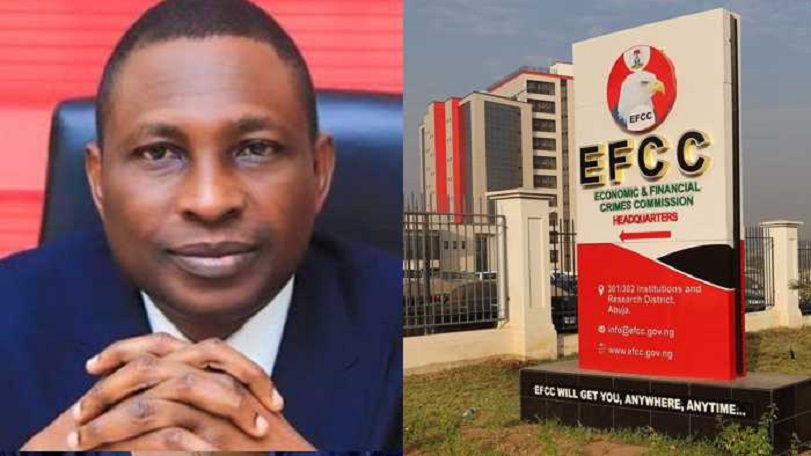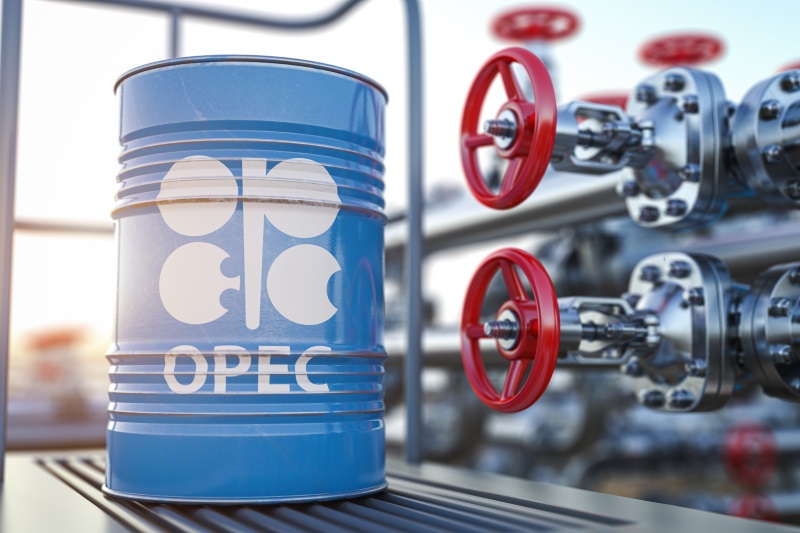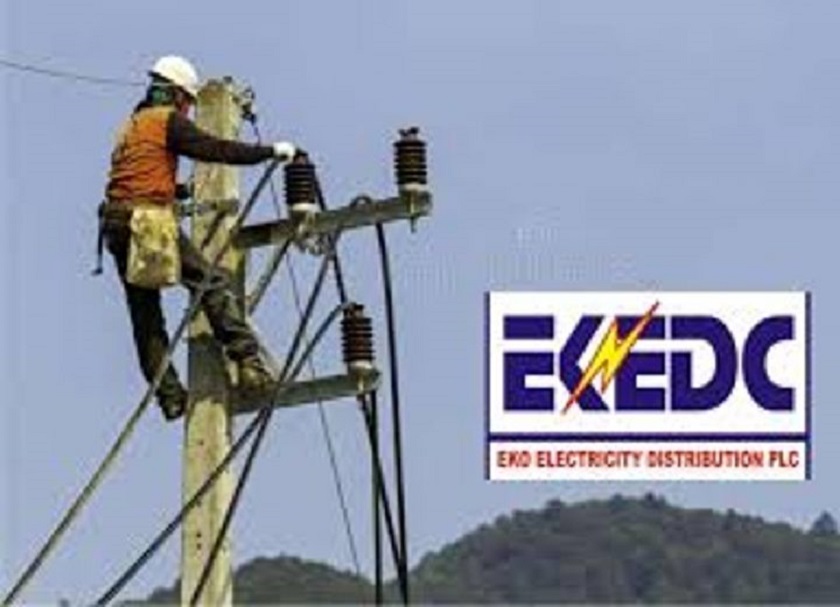By Modupe Gbadeyanka
S&P Global Ratings has disclosed that Zenith Bank will continue to display better asset quality indicators than its domestic peers and sound revenue generation over the next 12-18 months despite the generally slow economic recovery in Nigeria.
The rating agency made this observation while affirming its ‘B’ long-term and ‘B’ short-term issuer credit ratings on the Nigeria-based lender with stable outlook. It also affirmed its national scale ratings on the bank at ‘ngA/ngA-1’.
According to S&P, as of June 30, 2018, Zenith Bank had total assets of N5.3 trillion (approximately $15.3 billion), making it the second-largest bank in Nigeria, pointing out that the financial institution has a strong corporate franchise in the country and has displayed both healthy revenue generation and earnings stability, despite the challenging operating conditions in Nigeria over the past couple of years.
“We assess Zenith’s capital and earnings as moderate. The bank’s S&P Global Ratings’ risk-adjusted capital (RAC) ratio before adjustments reached 5.4 percent at end-2017, compared with 5.1 percent a year earlier.
“We expect this ratio will be 5.2 percent to 5.5 percent over the next 12-18 months. We factor into our RAC calculation our expectations that loan growth will be 3 percent in 2018 and 10 percent in 2019, and that interest margins will show a slight increase (balancing our expectation of a reduction in expensive fixed deposits and redemption of its $500 million Eurobond in April 2019).
“We also consider Zenith Bank’s good fees and commission generation, and its dividend payout ratio of about 50 percent,” the rating company said in the statement released last Thursday.
According to the statement, Zenith Bank’s asset quality metrics improved somewhat in the first half of 2018, with credit costs declining to 0.9 percent and coverage by loan loss reserves increasing to 229 percent (following the implementation of International Financial Reporting Standards (IFRS) 9 and including Stage 1 and Stage 2 provisions).
This compares with credit costs of 4.3 percent and a coverage ratio of 143 percent at year-end 2017. In the six months to June 30, 2018, nonperforming loans (NPLs) declined in absolute terms, but increased in relative terms.
It accounted for 4.9 percent of the loan book, compared with 4.7 percent at year-end 2017. Although restructured exposures increased to around 12.6 percent of total loans at mid-2018, compared with 11.8 percent a year earlier, S&P expects asset quality indicators to remain broadly stable, because it does not anticipate material migrations of these exposures to NPLs.
“We therefore believe that the bank’s cost of risk will stabilize at around 1.2 percent in the next 12-18 months,” it said.
The firm pointed out that Zenith Bank is mainly deposit-funded, which has resulted in a stable funding base.
It recorded a stable funding ratio of 151.4 percent on the back of a healthy proportion of deposit funding at mid-2018. Broad liquid assets covered 1.9x of total wholesale funding and net broad liquid assets accounted for 64.2 percent of short-term customer deposits at the same date. “However, given the short-dated nature of the bank’s deposit profile, which is a feature it shares with its domestic peers, Zenith Bank’s deposit base is confidence-sensitive.
“The stable outlook on Zenith reflects that on Nigeria, and our expectation that the bank’s earnings and asset quality metrics will remain broadly stable over the next 12-18 months.
“We would lower the ratings on the bank if we lowered the ratings on Nigeria, or if we see a material deterioration in the bank’s asset quality indicators.
“An upgrade appears remote in the next 12 months, because it would hinge on an upgrade of Nigeria or a material strengthening of the bank’s capitalization, all other factors remaining equal,” the statement said.


